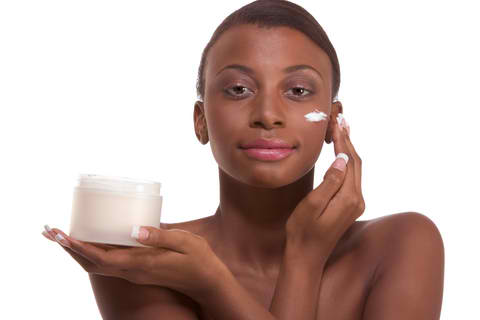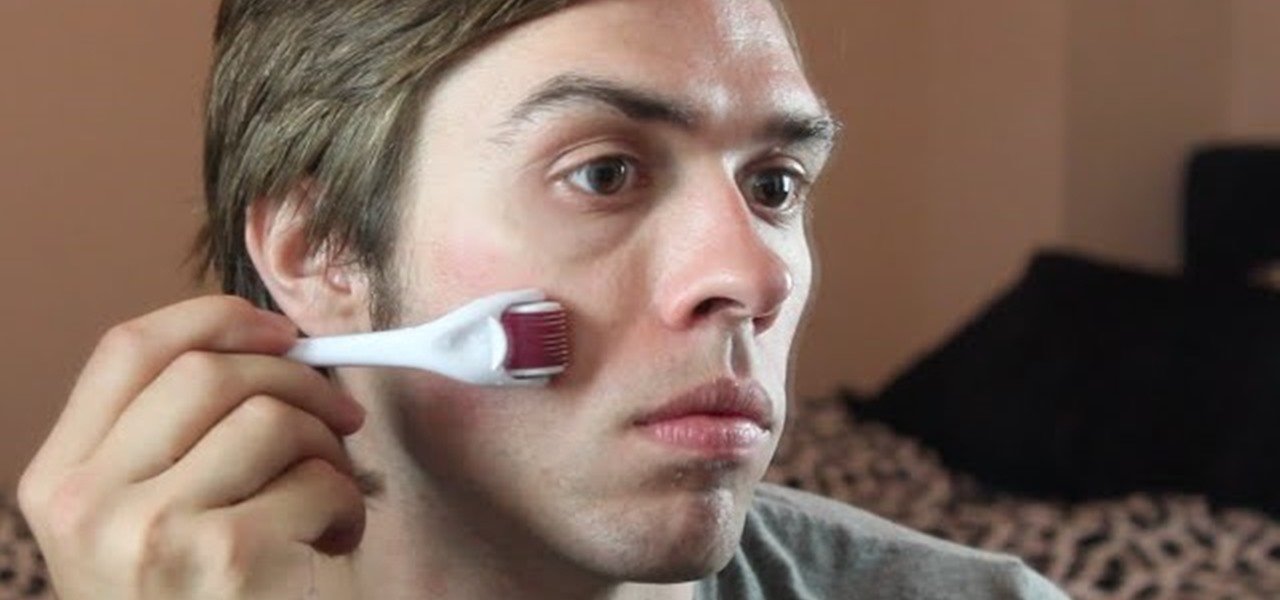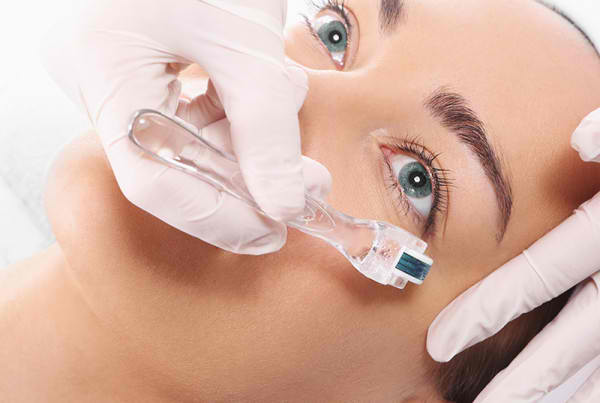How to deal with hyper pigmentation after derma rolling therapy?
So you had hyper pigmentation after derma rolling therapy, and you don’t know what happen and what to do with it? No worries, in here you will figure out what why it happened and what are the things that you could do to treat it and prevent it from happening.
How derma rolling can cause hyper pigmentation of the skin?
Derma rolling may cause hyper pigmentation of the skin, if you have significant amounts of pigment or you belong to Fitzpatrick Class IV or greater. The Fitspatrick Scale is used as a numerical classification of human skin color.
Fitspatrick Scale
Type I – Pale white
Type II – White
Type III – Cream White
Type IV – Light Brown
Type V – Brown
Type VI – Deeply pigmented Dark brown to Darkest Brown
Generally, people who are at high risk of getting hyper pigmentation are those that have a light brown skin which is common among darker skin types and or in Asian populations.
What do you need in derma rolling therapy?
In derma rolling therapy, you only need to have a derma roller, which is composed of fine needles that are adjusted to different depths. It can be as long as 0.5 millimeter up to 2.5 millimeters. It is rolled into the skin to create micro injuries that induce the formation of new collagen and elastin. It helps improve the quality of the skin to address pigmentation, sun damage, wrinkles and fine lines.
How to prevent hyper pigmentation?
If you have a brown skin, it is best if you could start first on a bleaching regimen few weeks before your first derma rolling treatment. You may continue for a few months after your last derma roller session. You may combine a mixture of hydrocortisone, tretinoin, hydroquinone, and kojic acid.
You may also use high factor sun block or sun screen for twice a day to prevent worsening of hyperpigmentation. You can also used fading agents like Hydroquinone, or low strength agents like Glycolic acid peels plus tretinoin. Generally, bleaching and using sun blocks will pave way for a favorable response.
Usually, sun block is applied a day after the treatment, where the epidermis have already healed. More often than not, after a derma rolling treatment, most medical practitioners may also prescribe the use of topical steroid or anti-inflammatory medication, and a therapeutic cream or ointment. Others may prescribe a bleaching cream prior or after the treatment.
If you are not sure of your skin type, you can consult a dermatologist, so your doctor can find the appropriate combination of mixtures or serums for you.
Can derma rolling combined with platelet-rich plasma help prevent hyper pigmentation?
Derma rolling therapy combined with platelet-rich plasma is said to be effective in preventing hyper pigmentation of the skin. In fact, it is used by board-certified cosmetic surgeons, plastics and reconstructive surgeon. This regimen is used as an aftercare treatment plan of derma rolling therapy.
Dark-skinned individuals are at higher risk of hyper pigmentation whether they perform a slightest pimple procedure or a more expensive laser procedure. Hence, using platelet-rich plasma together with derma rolling is used in medical practice.
Platelet-rich plasma or PRP is a concentration of wound healing factors which are derived from the own blood of the patient. It is used for boosting the wound healing rate and it has a specific benefit on preventing hyper pigmentation. Platelet-rich plasma can be used as topical agent after derma rolling therapy and laser therapy.
PRP are also used as an injection to prevent brown spots, sun damage and to prevent dark circles around the eye. It is said to be a proactive means of treating patient with hyper pigmentation. More so, it is said to be better than using sun block after having derma rolling therapy.
How to deal with post-inflammatory hyper pigmentation?
When you undergo any dermatologic treatment, the very first thing to do is to manage the healing process. For example, a surgical procedure to remove the eye bags requires a specific after care treatment which is recommended on the first 24 to 48 hours, or it may even last for one week or more.
For a dermatologic treatment, there are some things that you need to do to manage the skin’s natural healing process. Although, your skin has its own adaptive mechanism as the initial response to injury, things are quite different for darker-skinned individuals because they are more prone to post-inflammatory hyper pigmentation.
Thus, people with this type of skin are advice not to go out of the sun unprotected. Without any sun protection, your skin may get darker because of its nature of behavior. Dark skin attracts more sun and it is also capable of absorbing more sunlight.
In this situation, your skin is prone to transient hyper pigmentation which is not necessarily permanent, but still, there is a need for effective management. Usually, it is normal for a dark-skinned individual to have stripes in the forehead which are reflective of the derma rolling pattern use. This is crucial to ensure a uniform coverage.
In time this hyper pigmentation will fade, as long as it doesn’t go darker than usual. If it happens to get darker, you can still manage it by using bleaching creams and other topical agents. Just make sure that you get things right and follow the instructions clearly.
Do not forget to use sun blocks to protect your skin and allow it to heal.
Tips for dark-skinned people
If you have a darker skin complexion, here’s what you can do:
- You may use a bleaching cream prior and after derma rolling therapy so you can prepare your skin and prevent hyper pigmentation of skin
- Use admixtures of creams and or serums that will help keep your skin lighter
- Use sun blocks or sun screen a day after the treatment to prevent further darkening of the skin
- Take note that hyper pigmentation is only transient and will resolve over time!
Works Cited
Aashim Singh and Savita Yadav. (2016). Microneedling: Advances and widening horizons. Indian Dermatol Online J. 2 , 244–254.
Cohen BE1, Elbuluk N2. (2016). Microneedling in skin of color: A review of uses and efficacy. J Am Acad Dermatol. , 348-55.
Microneedling in All Skin Types: A Review. (2017). Microneedling in All Skin Types: A Review. J Drugs Dermatol. , :308-313.







Please add your thoughts
Leave a Reply
Want to join the discussion?Feel free to contribute!